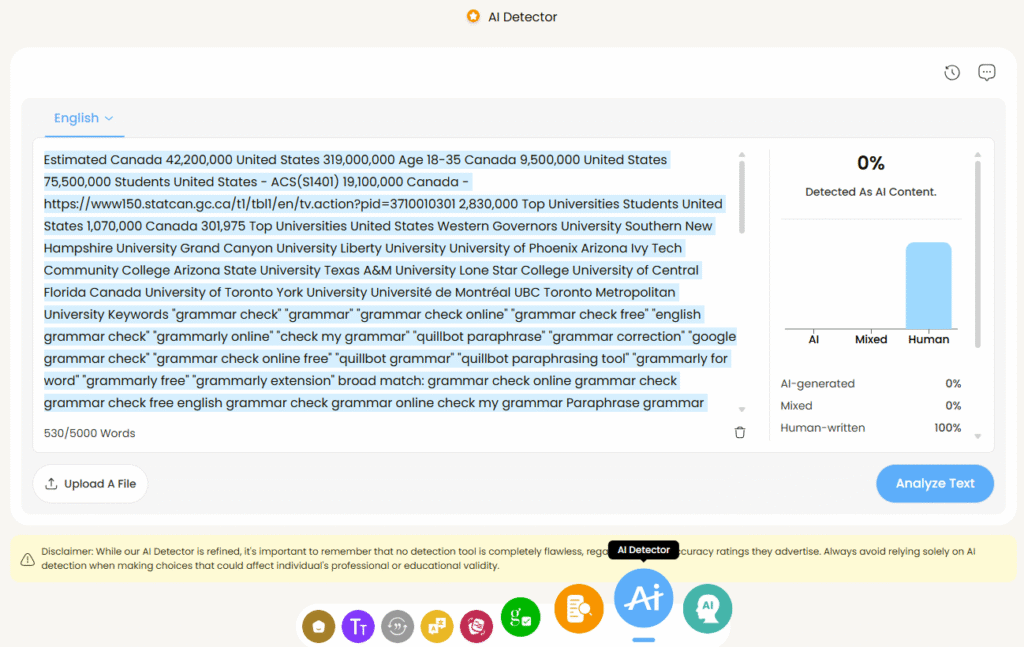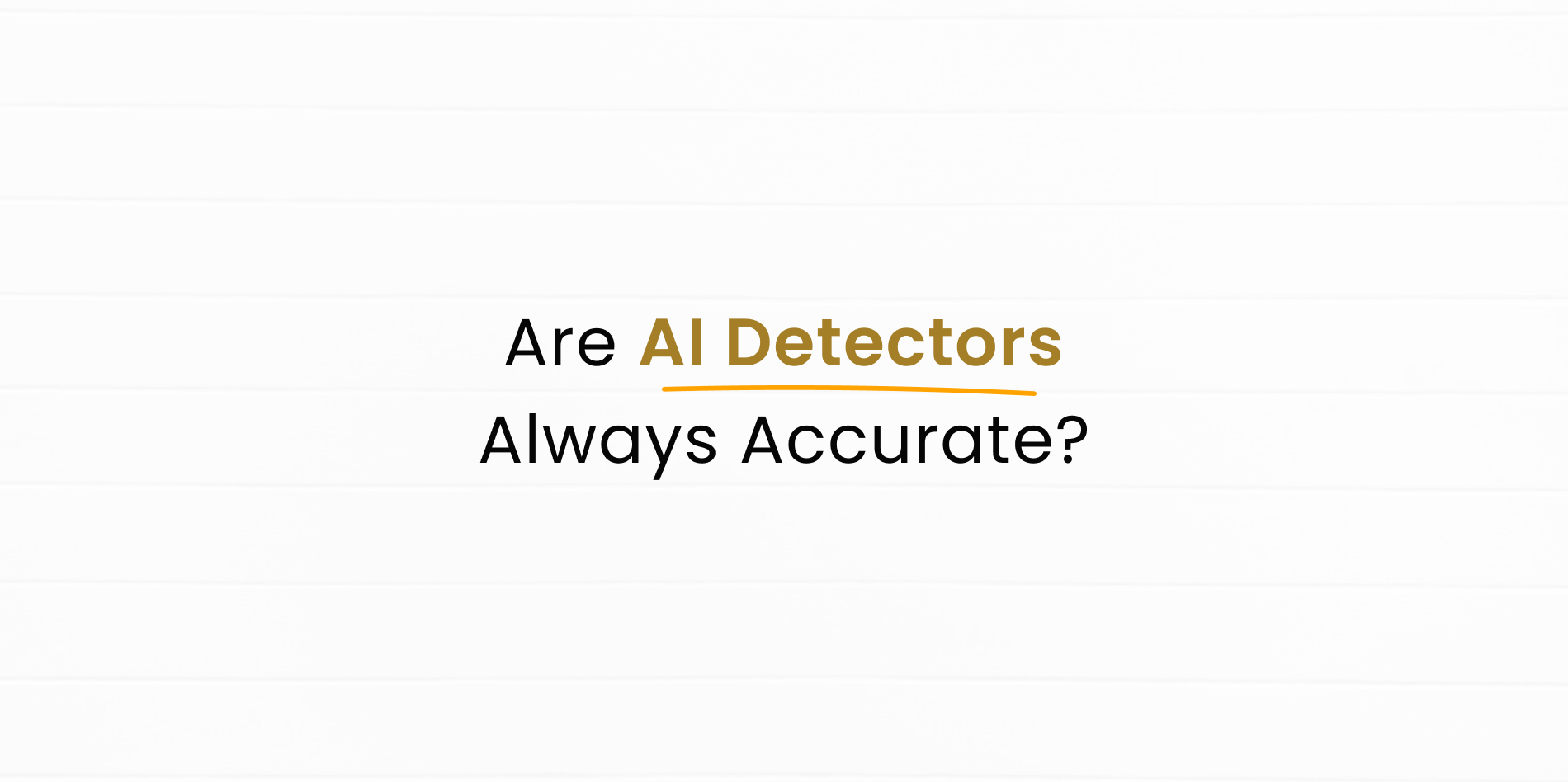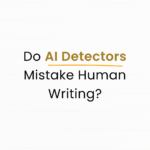Introduction
AI detectors have become essential in education, business, and publishing. But the question remains: Are AI detectors really good at spotting machine-written text with accuracy? With students, researchers, and professionals relying on originality, the accuracy of AI detection tools has never been more important. Platforms like the KreativeSpace AI Detector provide solutions, but how well do they actually perform?
What Are AI Detectors?
AI detectors are specialized programs designed to decide whether a passage was written by a human or generated by artificial intelligence. Instead of looking only at word matches, they analyze:
- Sentence structure and complexity
- Probability of word choices
- Writing flow and tone consistency
- Semantic meaning compared to known AI patterns
Some well-known names include GPTZero and OpenAI’s AI Text Classifier, which brought attention to AI detection in education.
How Reliable Are Detection Tools?
So, are AI detectors really good when it comes to accuracy? The truth is mixed.
- Many detectors can spot AI-generated text with 70–90% accuracy.
- Reliability decreases with very short passages.
- Edited AI content often escapes detection.
- Human-written academic or technical writing is sometimes flagged as AI.
This means AI detectors are effective in many situations but should not be treated as flawless.
Challenges AI Detectors Still Face
AI detection accuracy improves each year, but several challenges remain:
- False positives: A human essay written in a formal style might be flagged as AI.
- False negatives: A carefully edited AI passage may pass as human.
- Rapid AI evolution: Each new AI model creates fresh challenges for detectors.
Even advanced tools can struggle when writers use paraphrasing or synonym replacement. This is why many experts recommend pairing AI detectors with plagiarism tools like the KreativeSpace Plagiarism Checker for stronger results.
Top Tools for Text Authenticity
When people ask “how good are AI detectors,” it helps to look at the leading options.
- KreativeSpace AI Detector – built for students and professionals, ensuring reliable checks on essays, research, and creative writing.
- Turnitin’s AI Detection – used in universities worldwide to evaluate academic submissions.
- GPTZero – one of the first widely adopted AI detectors for student writing.
- Grammarly’s AI Writing Detector – combines AI checking with grammar and style improvements.
Each tool offers unique features, but all work toward the same goal: maintaining trust in writing.

Where Detection Tools Struggle
Even the best AI detection tools have limitations. AI writing is designed to mimic human thought, making detection more complex over time. Detectors often struggle with:
- Short or mixed passages (part AI, part human)
- Highly edited AI writing
- Creative writing that blurs patterns of typical AI text
As Forbes has noted, industries from journalism to education are still testing the limits of these detectors.
How Educators Use AI Detection
Education is one of the biggest testing grounds for AI writing detection. Teachers and universities use detectors to:
- Check essays for originality
- Prevent over-reliance on AI writing tools
- Encourage students to maintain their own voice
However, responsible schools also teach students to use AI as support rather than a substitute. With the KreativeSpace Summarizer and Paraphraser, students can responsibly condense material and reframe ideas while keeping originality intact.
AI Detectors in Business and Publishing
Beyond education, AI detectors are really good for businesses, publishers, and organizations that rely on authentic communication.
- Publishing houses use them to confirm originality in articles and books.
- Marketing agencies ensure campaigns sound natural and human.
- Hiring managers check resumes and cover letters for authenticity.
- Research institutions avoid AI-written or fabricated studies sneaking into academic work.
Outbound discussions in business outlets like Forbes highlight how companies are integrating detectors into quality control systems.
Future of AI Writing Detection
As AI grows stronger, the question “Are AI detectors really good?” will continue to evolve. Future detectors will likely:
- Use deeper semantic analysis
- Combine plagiarism and AI detection in one tool
- Reduce false positives with improved training
- Integrate directly into word processors and online platforms
Tools like the KreativeSpace AI Humanizer already help writers adjust machine-written text so it reads more naturally, showing how the future may blend writing support with authenticity checks.
The Decider
So, are AI detectors really good? The answer is yes — they work well for many cases, but they are not perfect. AI writing detectors can identify machine-written text with solid accuracy, but false results and evolving AI models mean they should not be the only measure of originality.
Using trusted platforms like the KreativeSpace AI Detector alongside plagiarism tools and summarizers offers stronger protection. Outbound resources such as OpenAI and Forbes confirm that detection methods are improving but still developing.
The decider is clear: AI detectors are valuable tools, but true originality depends on combining technology with human judgment and responsible writing practices.




Hello! I culd have sworn I’ve been to this website before but after reading through some
oof the post I realized it’s new to me. Anyhow, I’m dsfinitely glad I found it and I’ll be bookmarking and checking back often!
Thank you so much for taking the time to read the post. We are really glad you found it helpful!
This topic around AI detectors is evolving quickly, so we’re constantly updating and adding new insights. Definitely keep checking back; there’s a lot more coming on accuracy, limitations, and where these tools actually make sense to use.
If you ever have questions or want us to cover a specific angle on AI detection, feel free to let us know!